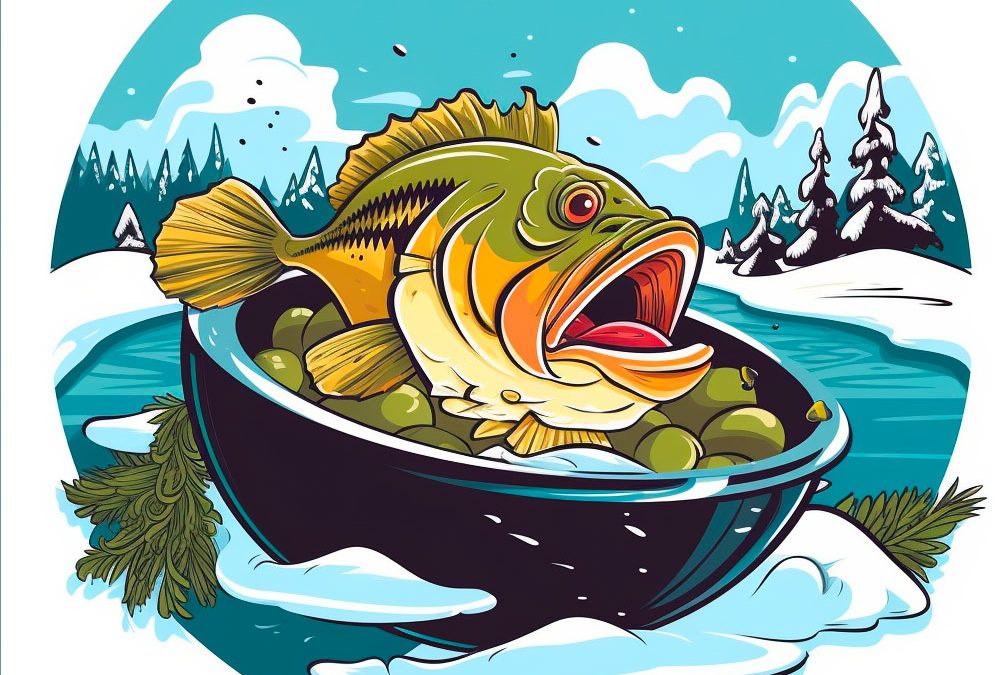Winter is a season that significantly changes the behavior of fish, especially bass. Winter brings colder water temperatures, less sunlight, and sometimes harsh weather conditions that have a considerable impact on the food sources for bass. However, this does not mean that bass are not hungry during the winter; they still must eat to survive. But what is it that bass like to eat during the winter? In this article, we will discuss the different food sources for bass in the winter and the different approaches to fishing for them.
Natural Food Sources for Bass in the Winter
The most common natural food sources for bass in the winter include crawfish, shad, and bluegill. Each of these prey has different behavior patterns in the winter, which affects the way they are preyed upon by bass. For instance, bluegill tends to move to deeper water during the winter, while crawfish burrow themselves deep in the mud, and shad move to the areas with more warm water.
Crawfish are a bottom-dwelling prey that is slow-moving and inactive during the winter. They are a good source of protein for bass during the winter. Crawfish migrate to deeper areas of the lake, where they burrow themselves deep in the mud to keep warm and wait for warmer water temperatures to return. When fishing for bass in the winter, it is crucial to imitate the behavior of crawfish by using soft plastics such as jigs or crayfish imitators. Crawfish are also often associated with rocky structures, making them a good spot to start fishing.
Shad is another primary prey for bass in the winter. Shad schools tend to move frequently throughout the winter, usually looking for warmer water temperatures. This behavior pattern indicates that shad are usually on the move, making them easy targets for bass. Blade baits are an effective way to imitate the size and speed of shad. Blade baits are best used in deeper water, as that is where shad tend to congregate during the winter.
Bluegill is another primary food source for bass during the winter. Bluegill is a prevalent prey throughout the year for bass, but their behavior in the winter changes significantly. Bluegill tend to move to deeper structures during the winter where they can find more warmth. This makes them less active and more vulnerable to attacks from below. When fishing for bluegill, using jigs, or imitation bluegill plugs are effective ways to mimic their behavior pattern. The best areas to fish for bluegill are around structure areas such as sunken trees or brush piles.
Artificial Lures That Work Best in the Winter
It is essential to have an understanding of the natural food sources for bass during the winter to choose the right type of artificial lures. Artificial lures have to mimic the appearance and behavior of natural food sources to be effective. Soft plastics, jigs, and blade baits are some of the best lures to use when fishing for bass in the winter.
Soft plastics are versatile lures for imitating various prey types. They can be used to mimic crawfish, worms, or even bluegill. When using soft plastics, it is important to use natural colors that closely resemble real prey in the water. Natural colors are more effective in winter than bright or fluorescent colors, as they mimic the more natural coloration of the prey that bass target in the winter. When fishing with soft plastics, it is also essential to make sure the bait moves slowly and naturally, as winter prey is not active.
Jigs are also effective lures for winter bass fishing, especially when fishing for bluegill. Jigs are versatile lures that can be used in a variety of water depths and structures. When fishing with jigs, it is best to use a natural color and a slow retrieve. Jigs are most effective around sunken trees or brush piles where bluegill is most commonly found.
Blade baits are effective lures for imitating the size and speed of shad. Blade baits work best when fished in deeper water. The optimal depth for fishing with blade baits is between 20 to 30 feet of water. It is best to cast the blade bait out, let it sink to the bottom, and then reel it up slowly to imitate the swimming motion of shad.
Tips for Finding Bass in the Winter
Finding bass in the winter requires an understanding of their behavior in this season. Most bass in winter will congregate in areas with stable water temperatures and structures that provide shelter from cold winter winds. Fishing in deeper water is also more productive in the winter as this is where the larger fish tend to congregate.
Using electronics can help fisherman find winter bass. Fish finders locate these schools, making it easier for anglers to understand where to cast or position their baits. Many modern fish finders come with features that help fishermen locate fish, such as side imaging, down imaging, and 360-degree sonar.
When fishing for winter bass, understanding how their habitat changes is essential. Having a basic understanding of the best areas to target and the tackle to use will significantly increase your chances of catching fish. Checking water temperature frequently is important, especially during winter afternoons and warmer days. The best time to catch fish is during warmer days where the sun heats the water up.
Conclusion
Winter may seem like a tough time to catch fish, but with the right knowledge, techniques, and tackle, fishermen can still have success. Understanding the natural prey of the fish and their behavior in the winter is the key to catching more fish. Soft plastics, jigs, and blade baits are the best lures to use during the winter as they mimic the prey that fish eat in the winter. Finding fish in the winter requires an understanding of fish behavior in this season, and how to best fish for them. With the proper equipment and techniques, anglers can have a productive winter bass fishing trip.
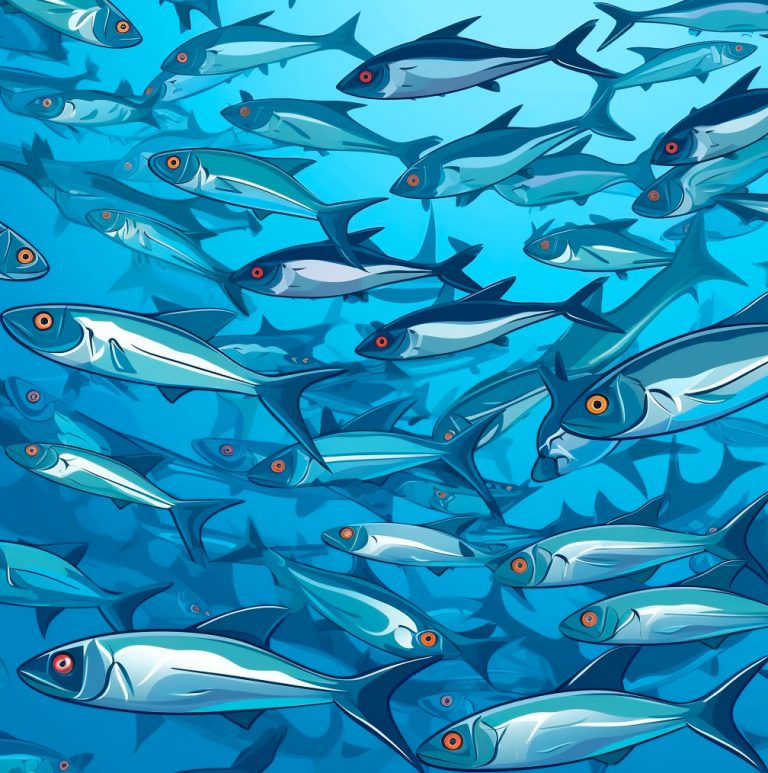
How To Catch Bass During The Shad Spawn
Hello, everyone of you out there who enjoy fishing! Catching bass during the shad spawn is one of my favorite fishing methods, therefore today I want to discuss it. As you may already be aware, one of the most significant occasions on the fishing calendar is the shad spawn. The shad population swarms around the […]

How To Catch Bass From Shore
Introduction Bass fishing is a popular sport among anglers all over the world. It’s a beloved pastime that can be enjoyed in many different environments, from deep sea fishing to fishing in the local lake. Many people enjoy the challenge and excitement of catching bass from a boat, but shore fishing for bass has its […]
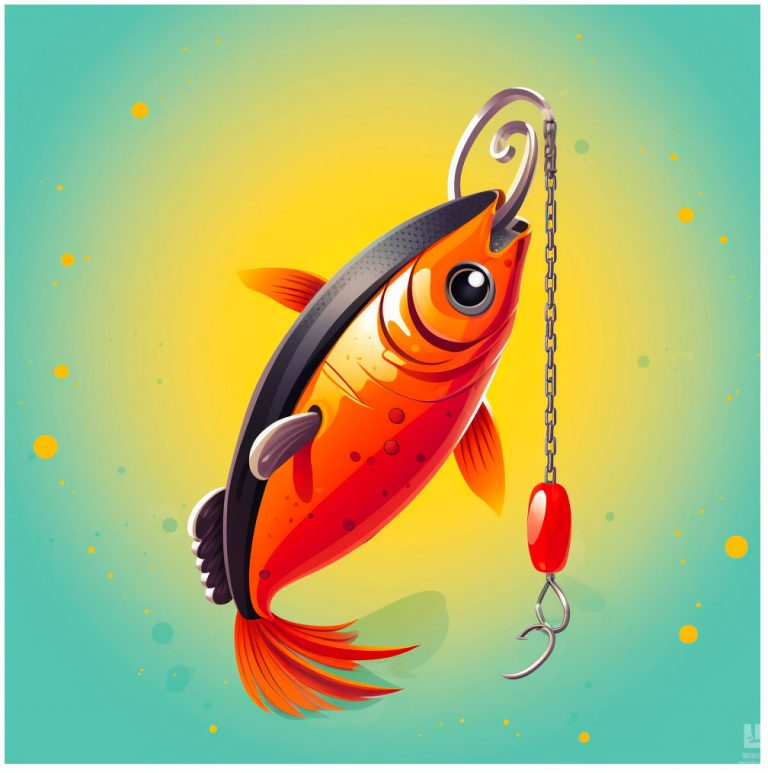
Fishing Carolina Rigs For Bass: The Highly Effective Ball And Chain
This article is going to cover fishing Carolina rigs for bass. Fishing is a beloved activity that people all around the world enjoy. However, there’s always a way to improve upon the experience. One of the ways is to use Carolina rigs when you’re fishing for bass. Carolina rigs are a fantastic way to catch […]
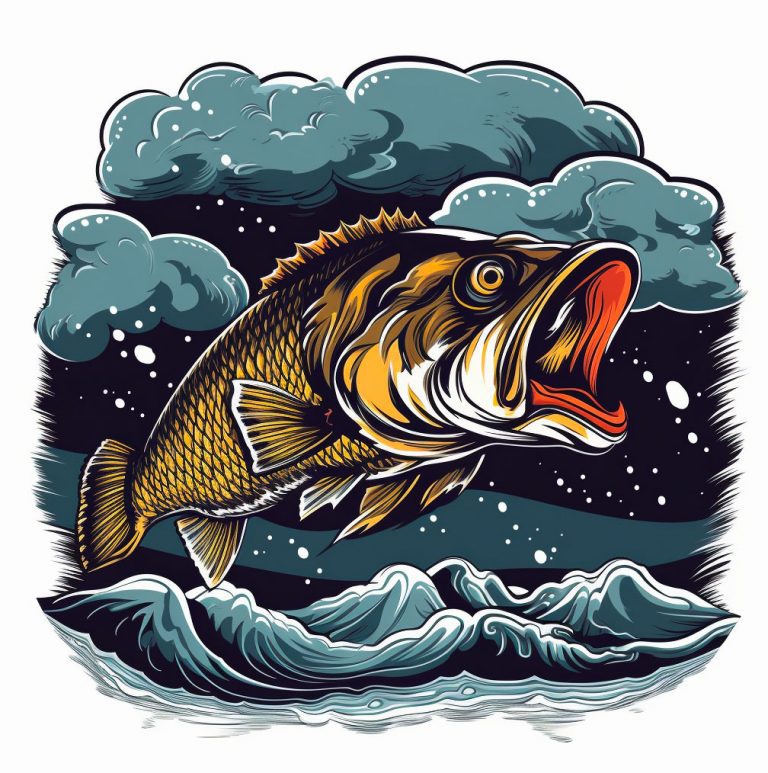
How to Catch Bass After A Cold Front
Introduction There is nothing quite like heading out to your favorite fishing hole or bass fishing spot on a beautiful day and coming home with a full catch. As with many fish species, though, bass fishing can be a bit tricky, and sometimes factors outside of your control can make things significantly more challenging. One […]
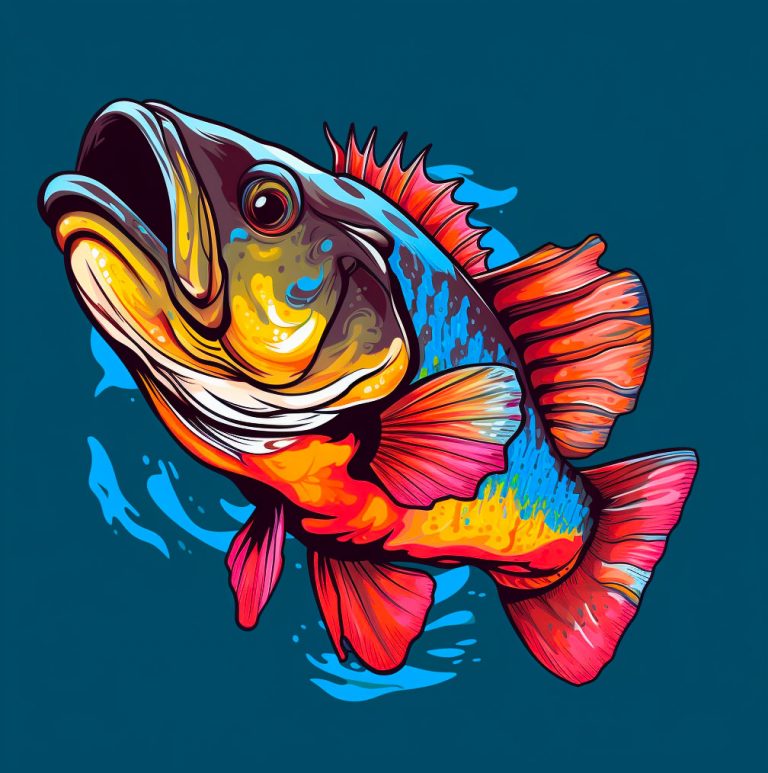
Best Lure Colors For Summer Bass
Summer is a great time for fishing, and it is a crucial time of the year to choose the correct lures for catching bass. Catching bass in summer can be a bit challenging as they tend to avoid the heat of the day and become more inactive. However, selecting the best lure colors can make […]
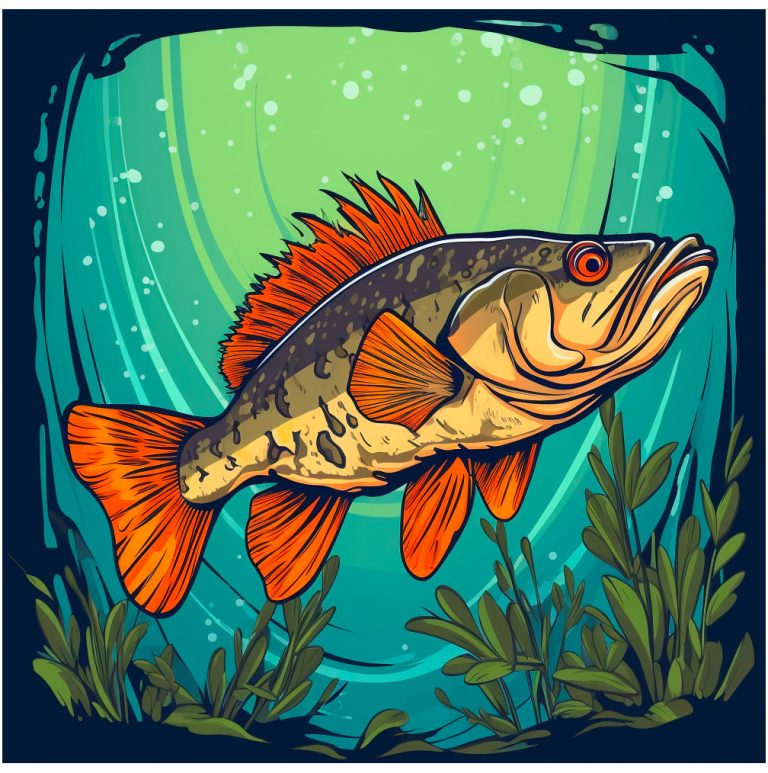
How deep do bass go in the winter?
Winter can be a tough time for bass fishermen. The cold weather and water temperatures can make the fish sluggish and less active, leading to fewer bites and more frustration. However, understanding how bass behave in winter can help anglers target them more effectively and increase their chances of success. One key aspect of bass […]

